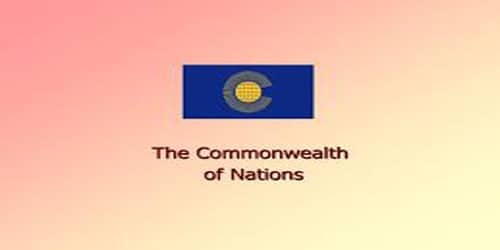The Commonwealth of Nations, commonly known as the Commonwealth, is a political organization of 54 member states in almost all of the eastern regions of the British Empire. The roots of the modern Commonwealth date back to the late 19th century and early 20th century, when some colonies of the British Empire began to gain greater autonomy. In 1931, the British Commonwealth of Nations was founded with five primary members – the United Kingdom, Canada, the Irish Free State, Newfoundland, and the South African Union under the Westminster Constitution. The main body of the organization is the Commonwealth Secretariat, which focuses on intergovernmental aspects, and the Commonwealth Foundation, which focuses on private relations between member countries. From the point of view of history, we can still see that these are its features. This article will discuss some of these features and move forward with a hypothesis for research into the nature of the Commonwealth. The current Commonwealth of Nations was formally formed in 1944 by the London Declaration, which modernized the community and established member states as “free and equal.”
How the ultimate nationalism in history, rather than cultural differences, could hinder the work of the Commonwealth system has been demonstrated by the Air incident, which withdrew from the Commonwealth after creating a nearly inseparable gulf by official neutrality in any war. The very existence of the Commonwealth was at stake. The Queen is the head of state of a 16-member state, known as the Commonwealth, with 33 member republics and five different monarchies. To adapt to the constitutional changes in India, the members of the British Commonwealth of Nations declared: Loyalty, which symbolizes their free association, has considered the forthcoming constitutional changes in India. The member states have no legal obligations to each other but they are connected through the use of their English language and historical ties. Their stated shared values of democracy, human rights, and the rule of law are enshrined in the Commonwealth Charter and promoted by the Quartet Commonwealth Games.
The Secretary-General serves as the chief executive of the Commonwealth and is elected by the head of government from among the Commonwealth diplomats and foreign ministers for a maximum term of two years. Commonwealth countries cover 20 percent of the world’s land area, covering more than 29,958,050 km2 (11,566,870 square miles). The total population is estimated at 2,41,964,000 as of 201, the equivalent of about one-third of the world’s population, making it the second-largest intergovernmental organization by population behind the United Nations.
















